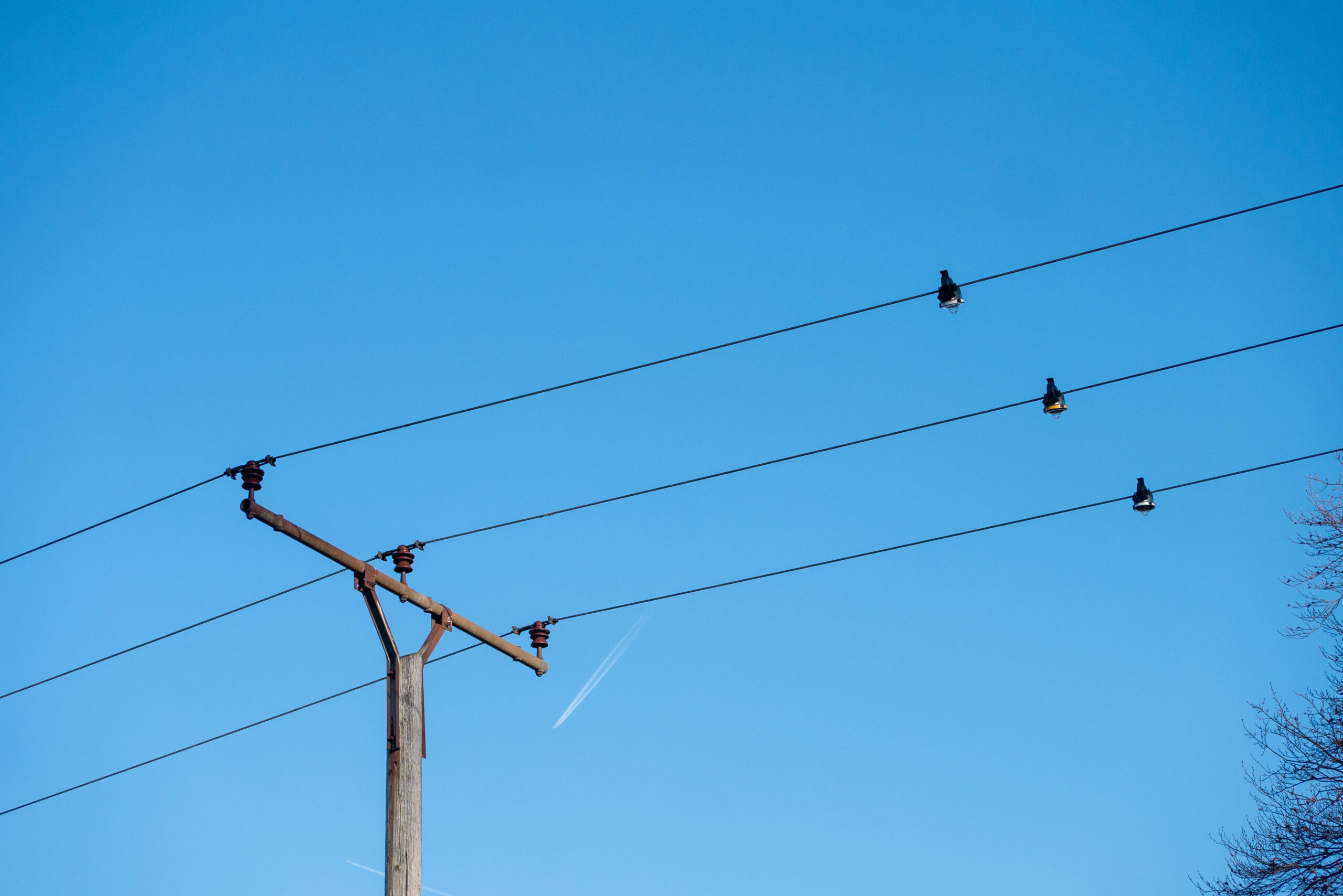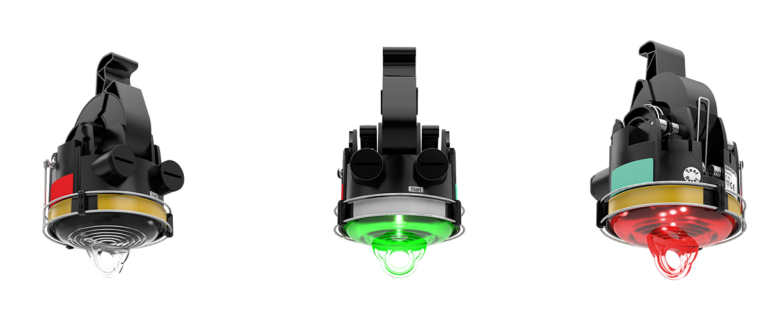
Westnetz GmbH: 400 Smart Navigators in use
Horstmann GmbH equips Westnetz GmbH with 400 Smart Navigators 2.0
Toppled trees, lightning and other natural causes often lead to disruptions to power supply via overhead lines. Troubleshooting is usually time-consuming for network operators. In addition, disruptions have an impact on revenue in the context of quality regulation. That’s why Westnetz GmbH is pushing ahead with the digitalisation of its medium voltage grid. Following a pilot phase, 400 sets of Smart Navigator 2.0 digital overhead short-circuit indicators from Horstmann were installed in the medium voltage grid for monitoring purposes.
Challenges of Westnetz GmbH in the overhead line network
As the largest distribution network operator in Germany, Westnetz is responsible for numerous overhead lines in addition to the relatively fault-resistant underground cables. Many of them are located in rural areas with difficult topography. This presents the network operator with some challenges because the overhead lines are not only more prone to faults but also often cause time-consuming and cost-intensive troubleshooting measures. So far, the source of a fault in the overhead line network can often only be located locally – by reading short-circuit indicators in the overhead line sections – and not remotely. Therefore, service crews go out and narrow down the faulty line section kilometer by kilometer until the cause of the fault is found. They often have to work their way through forests and rough terrain, which further complicates the search. Since the duration of the fault and the service disruption in such cases are a significant factor for quality regulation, time and cost pressure is correspondingly high.
Digital fault detection with Smart Navigator 2.0
Smart Navigator 2.0 withstands extreme weather conditions
One test region was located in the Eifel. In the medium voltage grid monitored from Trier, four Smart Navigator 2.0 sets were installed at particularly fault-prone locations. During the entire pilot period, they reported all relevant faults reliably and correctly, without a single false alarm. “This was very important for us, because lightning strikes, for example, can lead to fault messages that can then no longer be traced on-site,” explains André Felten, Operations Manager for Low Voltage and Medium Voltage Networks in the Trier Regional Control Centre. Storm Sabine was a special test for Smart Navigator 2.0 devices – it caused power outages throughout Europe at the beginning of February 2020. Despite the extreme weather conditions, the four installed short-circuit indicator sets reported seven real faults during the hurricane, without a single false alarm, and thus relieved service crews and control centre staff of a considerable amount of pressur
Large-scale installation of the 400 Smart Navigator 2.0 sets
After the successful pilot phase, Westnetz has started the large-scale installation of Smart Navigator 2.0. A total of 400 short-circuit indicator sets were distributed over a network length of more than 8,500 kilometres at strategically selected and fault-prone locations. André Felten expects much faster and more economical troubleshooting than before: “Our service crews no longer have to patrol the entire line pole by pole and know in which direction they have to look for the fault.” In view of the complex troubleshooting and the Federal Network Agency’s penalty scheme, a Smart Navigator 2.0 can pay off from the first fault in the monitored line – depending on the type and duration of the fault.
Easy handling and long service life
The installation and commissioning of Smart Navigator 2.0 is particularly straightforward. The devices are self-powered and can be hooked into the overhead line with the help of an insulating pole when live working so that the overhead line does not need to be disconnected. They are powered using energy harvesting from the overhead line load current. The dynamic adaptation to load conditions means that a conductor current of 5 A is sufficient for the supply. Software updates and configuration adjustments are possible through an LTE connection via remote maintenance from the control centre. The long service life further increases the cost-effectiveness of the monitoring systems, a service life of 20 years can be expected with one battery change.
iHost server and software
The Smart Navigator 2.0’s fault messages and measured values are transmitted via the integrated modem to the iHost software developed by Horstmann. In the test phase, Westnetz used Horstmann’s iHost Cloud server platform. “Our customers can log into this server platform to retrieve their monitoring data. This is especially true for pilot projects and is a quick and easy solution for smaller applications,” explains Vincent Vogt, Westnetz Project Manager at Horstmann. However, a different solution is required for the subsequent operation of the 400 Smart Navigator 2.0 sets. That is why Westnetz has installed the iHost software on its own specially protected server from which data is fed into the control system. This is important because Westnetz, as an operator of critical infrastructure, has the highest requirements for IT security and data protection and is required to meet them.
Perspective on network digitization
The introduction of the Smart Navigator 2.0 short-circuit indicators is a further step in the direction of grid digitalisation for Westnetz. The digital devices not only detect faults, but will also provide more transparency in the overhead line network in the future. “The data provided by Smart Navigator 2.0 opens up many new possibilities for us. Their subsequent evaluation will allow us to better understand what is happening in the network and what conclusions we need to draw for further network expansion, for example,” explains Anna Carina Schneider, Deputy Head of the Technology Department at Westnetz, who managed the project together with André Felten.


